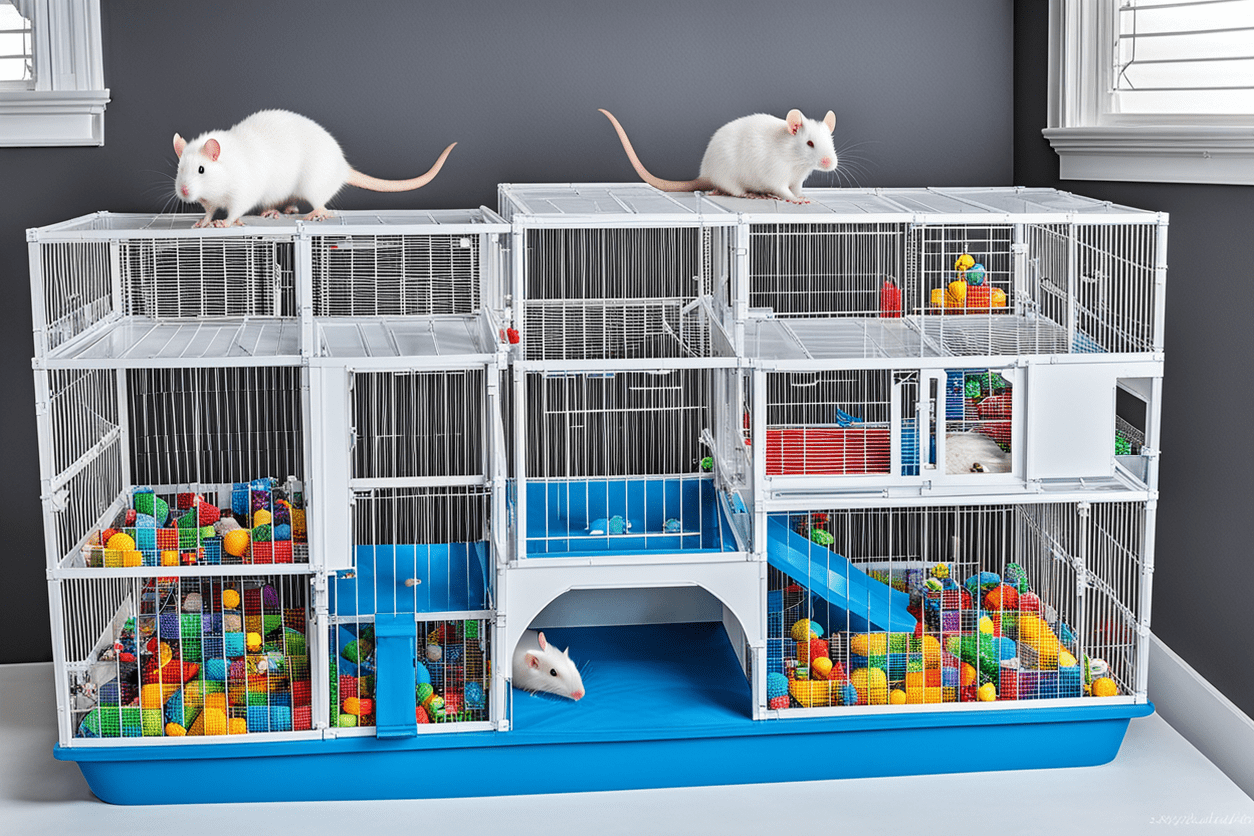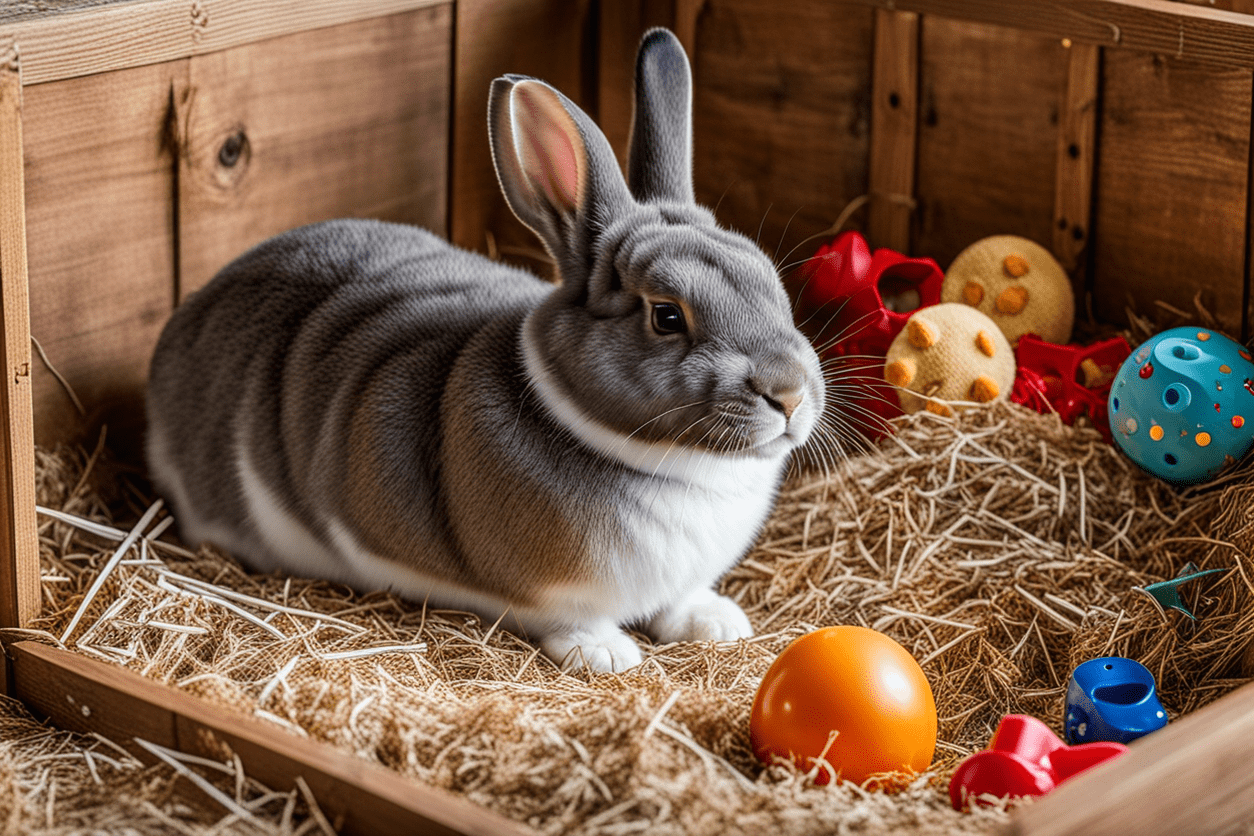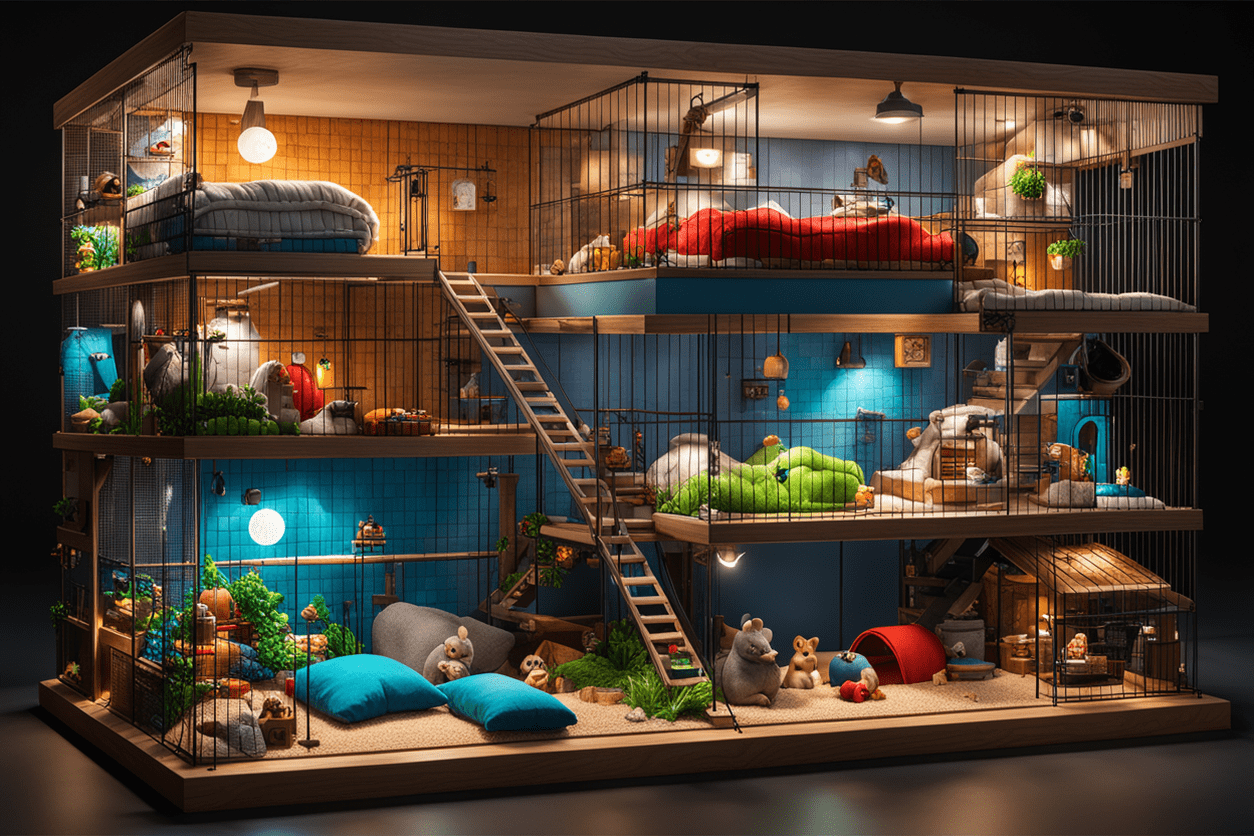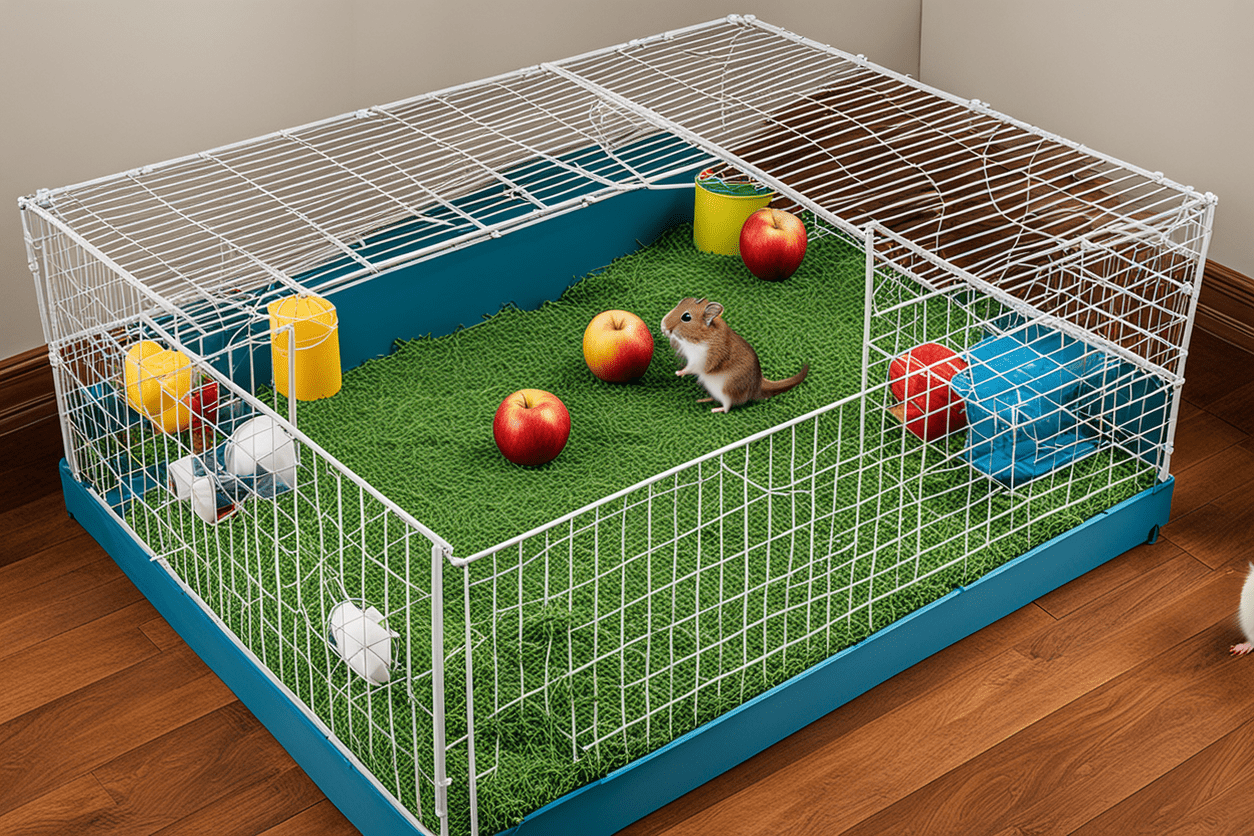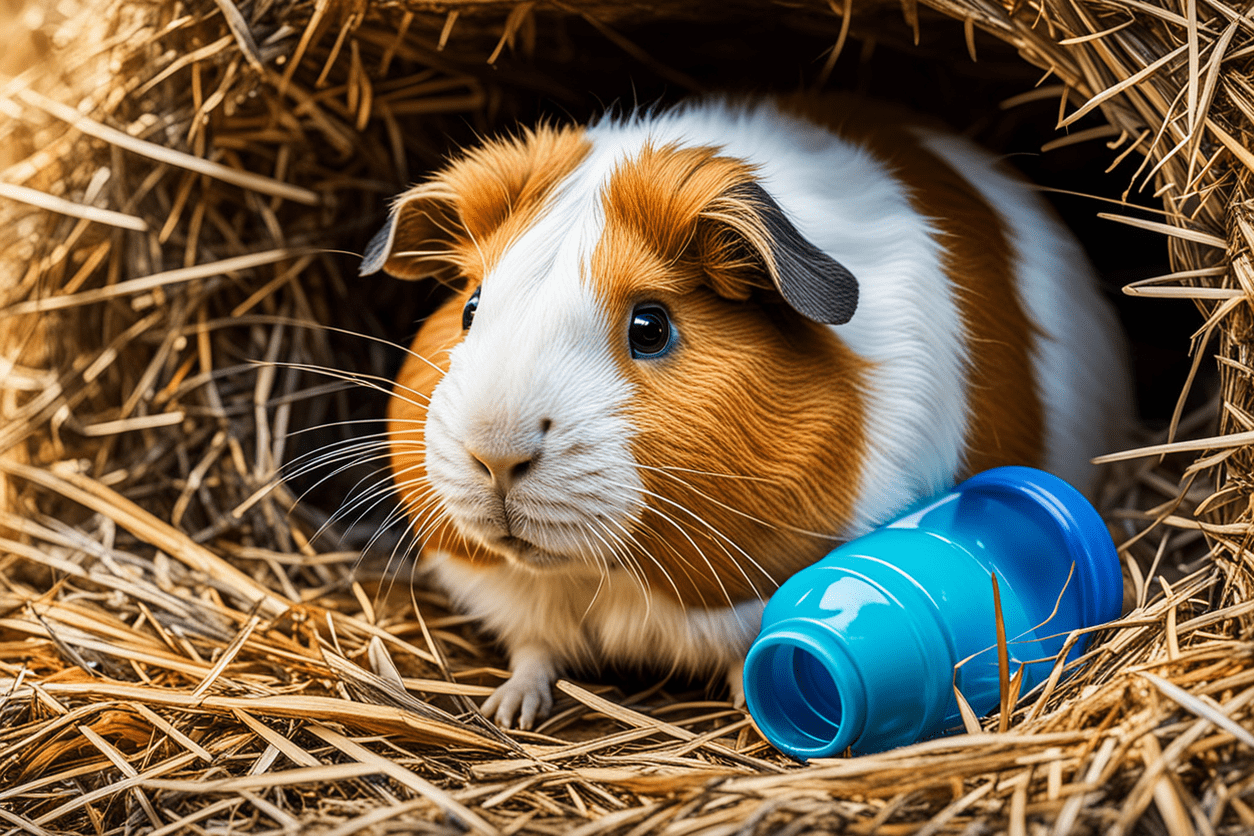Great Dane Grandeur: Majestic Elegance and Gentle Giants!
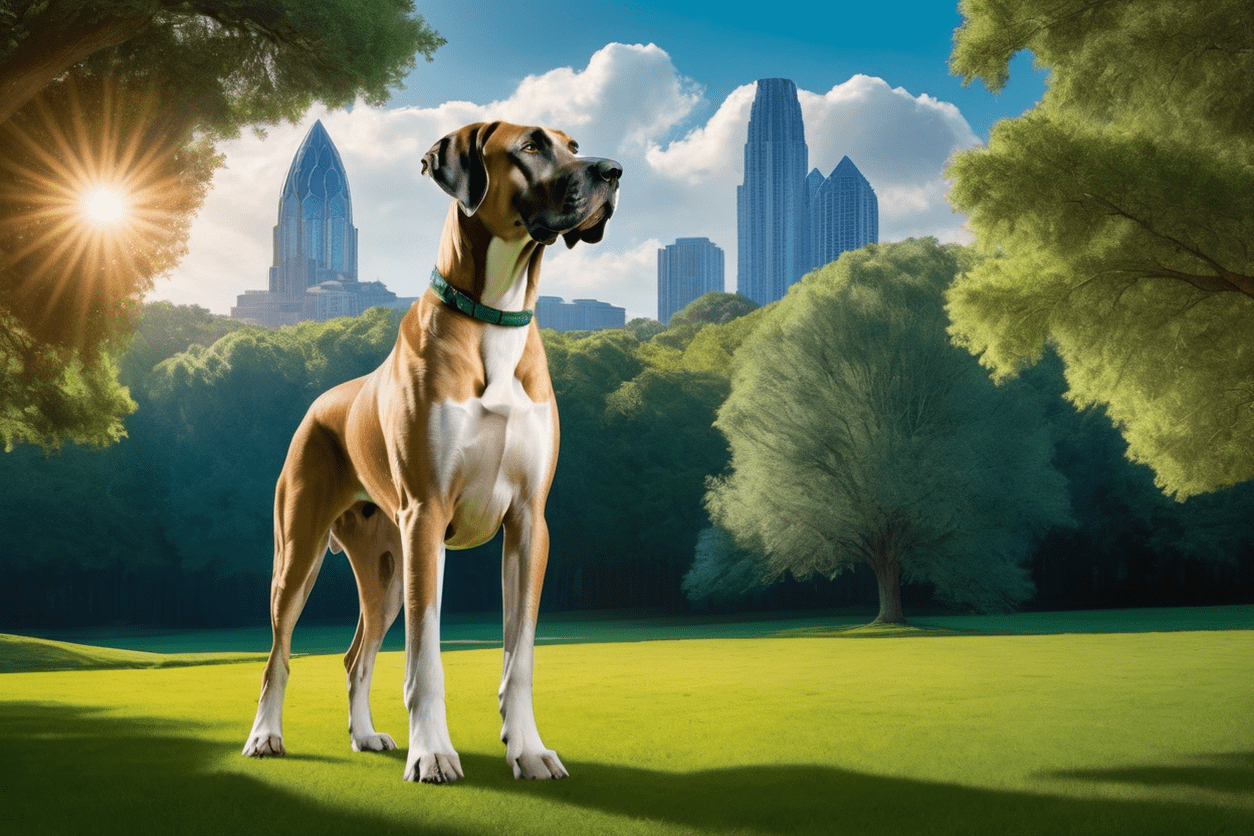
Introduction
The Great Dane, often referred to as the "Apollo of dogs," is an iconic breed known for its majestic stature and gentle demeanor. This breed stands out not only due to its impressive size but also because of its rich history and the intriguing role it has played across different cultures over centuries. Originally bred as hunting dogs, Great Danes have evolved to become one of the most beloved companion dogs today.
History and Origin
Origins of the Breed
The Great Dane traces its roots back to ancient civilizations, with evidence suggesting its ancestors were present in Egyptian and Babylonian art dating as far back as 3000 B.C. However, the breed that we are familiar with today was primarily developed in Germany in the 16th century. Bred by German nobility, these large dogs were originally used to hunt wild boar, one of the most formidable and dangerous prey of the time.
Evolution Over Time
As the need for boar hunting diminished, the Great Dane's role evolved. By the 18th century, they were primarily kept as guardians of estates and companions to the aristocracy. Breeders refined the Great Dane's physical traits to emphasize size, elegance, and a calmer demeanor suited for companionship. This evolution from fierce hunter to noble companion is a testament to the versatility and adaptability of the breed.
Physical Characteristics
General Appearance
The Great Dane is one of the largest dog breeds, standing between 28 to 34 inches tall at the shoulder and weighing anywhere from 100 to 200 pounds. Despite their enormous size, they possess a balanced and muscular build, exuding both power and grace.
Coat
Great Danes have a short, sleek coat that comes in various colors including fawn, brindle, blue, black, and the distinctive harlequin pattern. The grooming needs of a Great Dane are modest, requiring regular brushing to manage shedding and maintain coat health.
Distinguishing Features
Aside from their towering stature, Great Danes have a number of distinguishing features. Their ears can either be cropped to stand erect or left natural to flop forward. They possess a long, powerful neck and their tail is strong and thick at the base, tapering to a point. Their expressive eyes and friendly face are often described as gentle and intelligent.
Temperament and Personality
General Temperament
Great Danes are often described as gentle giants. They are known for their friendly, affectionate, and loyal nature. Despite their imposing size, they are generally very good-natured and make excellent family pets. They are also very intelligent, which makes them quick learners.
Compatibility with Families/Children/Pets
Great Danes are known to be exceptionally good with children and can be very protective of their family. They usually get along well with other pets, particularly if they are raised with them. However, due to their size, supervision around small children is recommended to prevent accidental knocks or bumps.
Activity Level
Despite their size, Great Danes do not require a high level of exercise. They do enjoy daily walks and some playtime to keep them mentally and physically stimulated, but they are also content to relax at home. Their energy levels are moderate, making them relatively easy to manage for most families.
Training and Socialization
Trainability
Great Danes are highly trainable due to their intelligence and desire to please their owners. Consistent, positive reinforcement methods work best with this breed. Training should start early to establish good manners and prevent any issues related to their size.
Socialization Needs
Early socialization is crucial for a Great Dane. Exposure to different people, environments, and other animals helps them grow into well-rounded adults. Proper socialization ensures that they remain friendly and confident in various situations.
Health Issues and Life Expectancy
Common Health Problems
Like all breeds, Great Danes are prone to certain health conditions. Common issues include hip dysplasia, heart problems, and bloat (gastric torsion). Responsible breeders perform health screenings to minimize the risk of these conditions. It's important for owners to be aware of these potential health issues and work closely with their veterinarian to manage their dog's health.
Lifespan
Unfortunately, Great Danes have a relatively short lifespan compared to other breeds, typically living between 7 to 10 years. Proper care, including a balanced diet, regular exercise, and routine veterinary check-ups, can help ensure they live a full and healthy life.
Care Requirements
Feeding/Dietary Needs
Great Danes require a high-quality, well-balanced diet to support their large size and maintain their overall health. It's important to provide them with food that is appropriate for large breeds to ensure they receive adequate nutrients and support joint health.
Exercise Initiatives
While Great Danes do not have excessive exercise needs, regular activity is still important. Daily walks, play sessions, and mental stimulation through training and interactive toys can help keep them healthy and happy.
Grooming Routines
The short coat of a Great Dane requires minimal grooming. Regular brushing helps manage shedding and keeps their coat healthy. Routine care such as nail trimming, ear cleaning, and dental hygiene should also be included in their grooming routine.
Ideal Living Conditions
Space Requirements
Given their large size, Great Danes are best suited to homes with ample space. While they can adapt to apartment living if sufficiently exercised, a house with a yard where they can move around freely is ideal.
Climate Tolerance
Great Danes are relatively adaptable but are more sensitive to extreme temperatures. They may require additional care in very cold or hot climates. Providing them with a comfortable indoor environment and avoiding overexertion in adverse weather conditions can help them stay comfortable.
Famous Examples & Popularity
Notable Dogs from This Breed
Great Danes have made their mark in popular culture. One of the most famous Great Danes is Scooby-Doo, the titular character of the animated television series. Additionally, a Great Dane named George gained fame for being recognized by the Guinness World Records as the tallest dog in the world.
Popularity Trends
The Great Dane remains a popular breed due to its impressive appearance and gentle nature. They are consistently ranked among the top breeds in various kennel clubs and are beloved by dog enthusiasts globally. Their popularity continues to grow, especially in regions where larger breeds are preferred.
Frequently Asked Questions
Are Great Danes good with children?
Yes, Great Danes are known for their gentle and affectionate nature, making them excellent companions for children. However, due to their large size, supervision is recommended to ensure safe interactions.
How much exercise does a Great Dane need?
Great Danes require moderate exercise, including daily walks and playtime. While they enjoy physical activity, they are also content to relax and lounge around the house.
What is the average lifespan of a Great Dane?
The average lifespan of a Great Dane is typically between 7 to 10 years. Proper care and regular veterinary check-ups can help ensure they live a healthy and fulfilling life.
Do Great Danes get along with other pets?
Great Danes generally get along well with other pets, especially if they are raised together. Early socialization is key to ensuring positive interactions with other animals.
What are common health issues in Great Danes?
Great Danes are prone to certain health issues, including hip dysplasia, heart problems, and bloat. Regular veterinary care and health screenings can help manage these conditions.
Are Great Danes easy to train?
Yes, Great Danes are intelligent and eager to please, making them relatively easy to train. Consistent, positive reinforcement methods yield the best results.
Do Great Danes require a lot of grooming?
Great Danes have a short coat that requires minimal grooming. Regular brushing is recommended to manage shedding and maintain coat health.
Can Great Danes live in apartments?
While Great Danes can adapt to apartment living with sufficient exercise, they are better suited to homes with ample space for them to move around comfortably.
What should I feed my Great Dane?
Great Danes require a high-quality, balanced diet tailored to large breeds. Consult with a veterinarian to determine the best diet for your dog's specific needs.
Are Great Danes good watchdogs?
Great Danes are known for their protective nature and can serve as effective watchdogs. Their imposing size and deep bark can deter potential intruders.
Conclusion
Final Thoughts
The Great Dane is a remarkable breed, known for its impressive size and gentle disposition. Their historical significance and evolution into beloved family pets make them a unique choice for dog enthusiasts.
Recommendations for Potential Owners
Prospective Great Dane owners should be prepared for their large size and relatively short lifespan. Providing proper care, training, and socialization is key to ensuring a happy and healthy life for these gentle giants.
Encouragement to Learn More/Citation Links
For those interested in learning more about Great Danes, consider visiting reputable sources such as the American Kennel Club (AKC) and breed-specific organizations. Responsible breeders and veterinarians can also provide valuable insights and guidance for potential owners.

